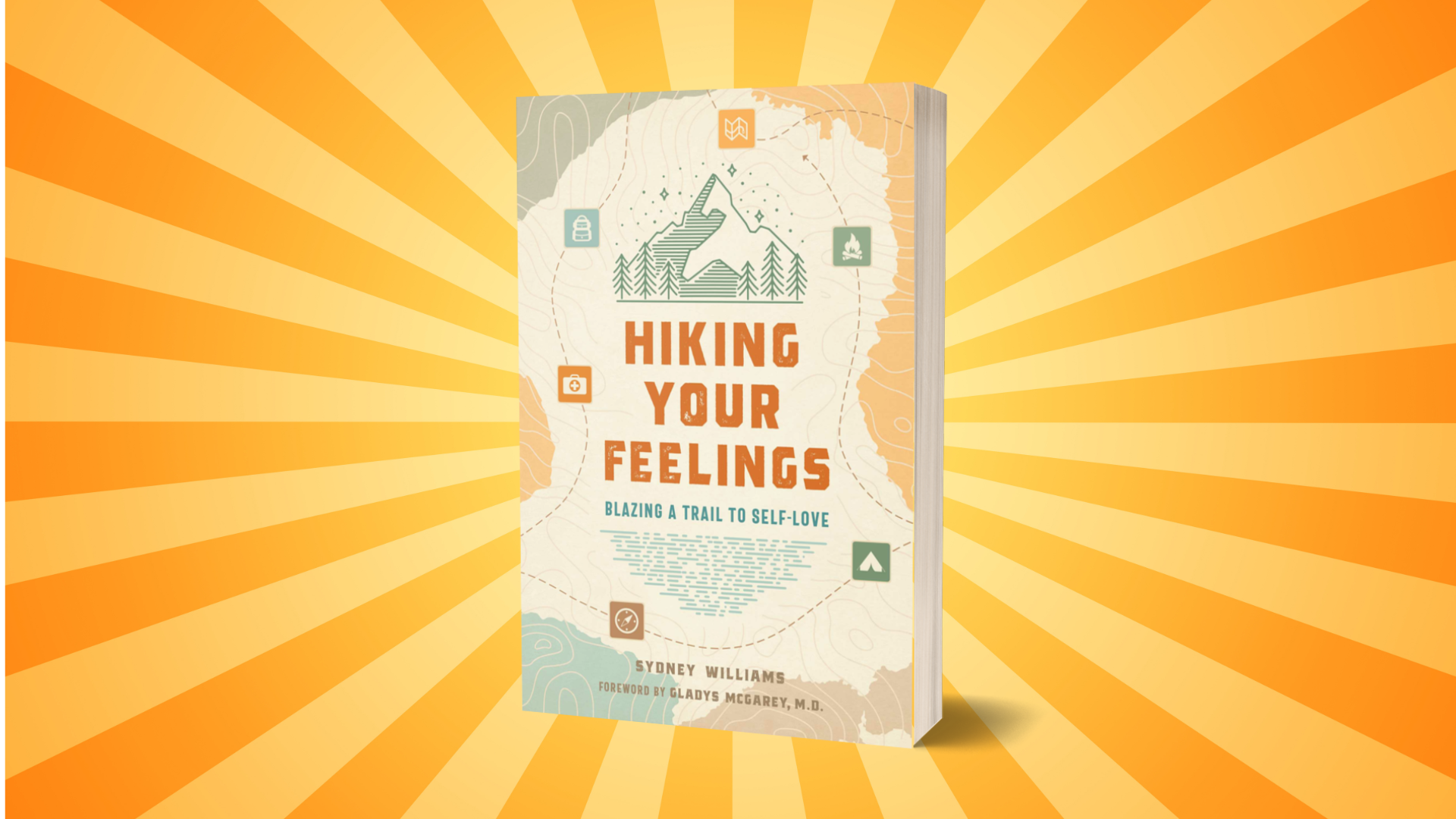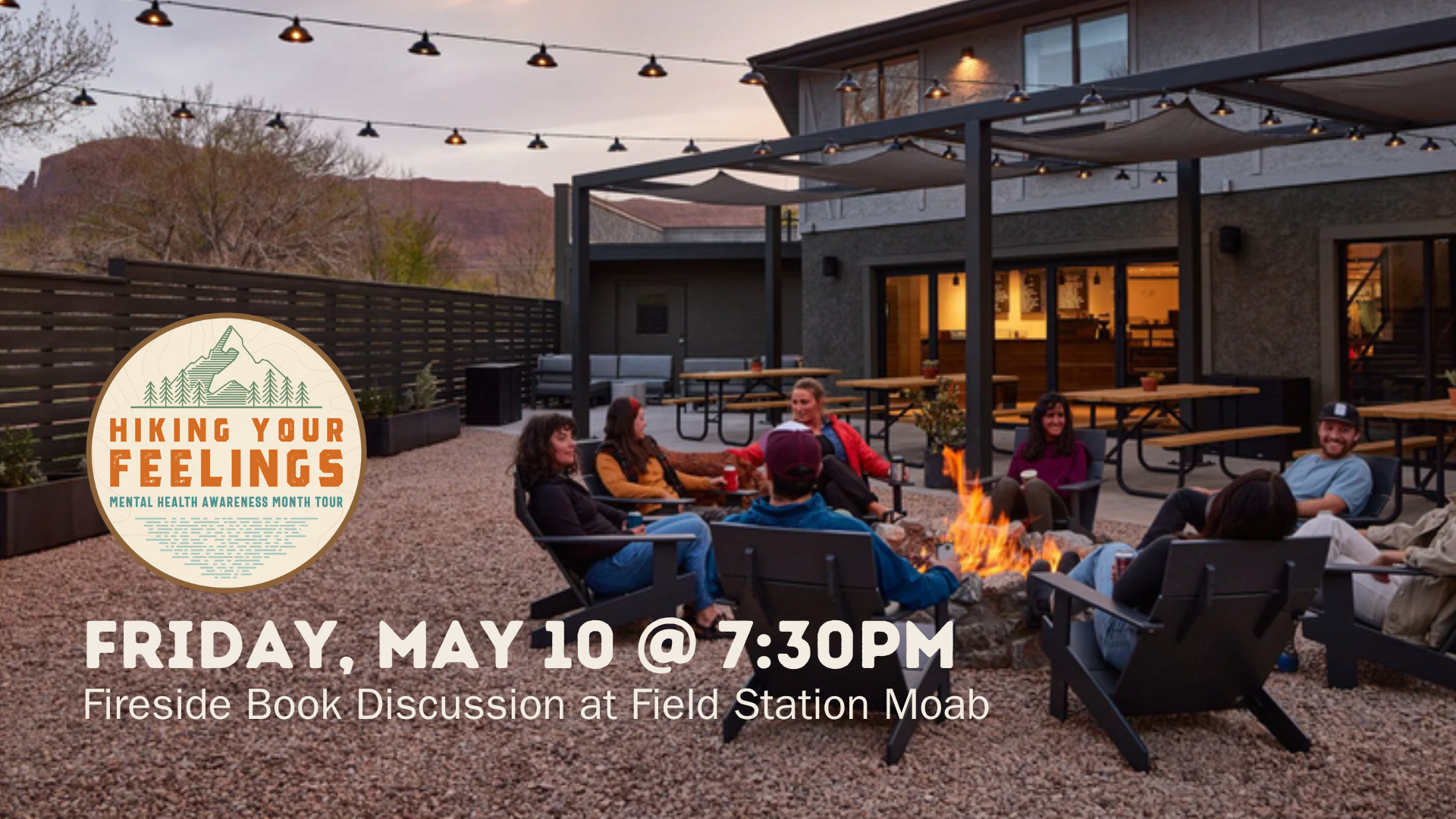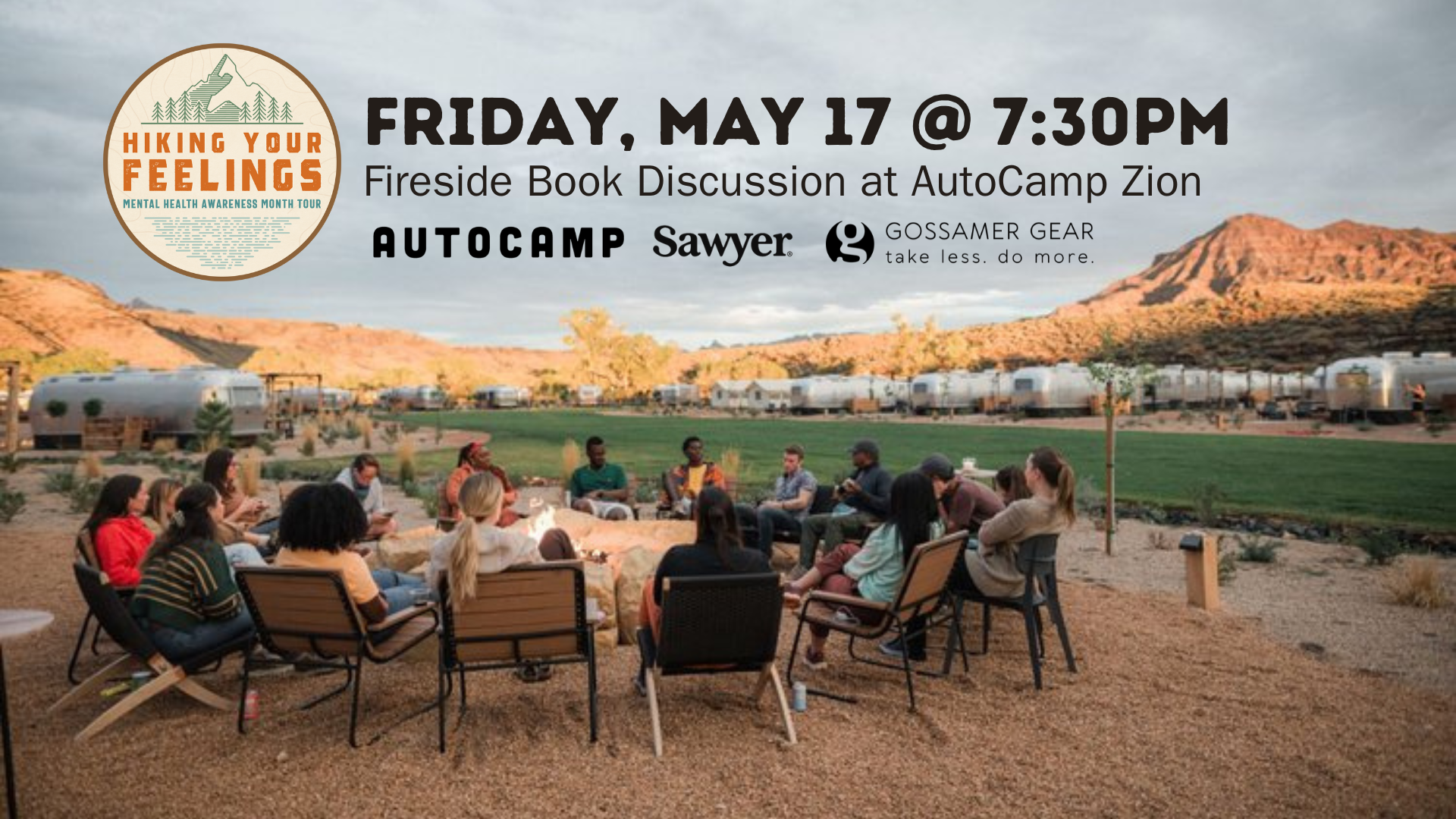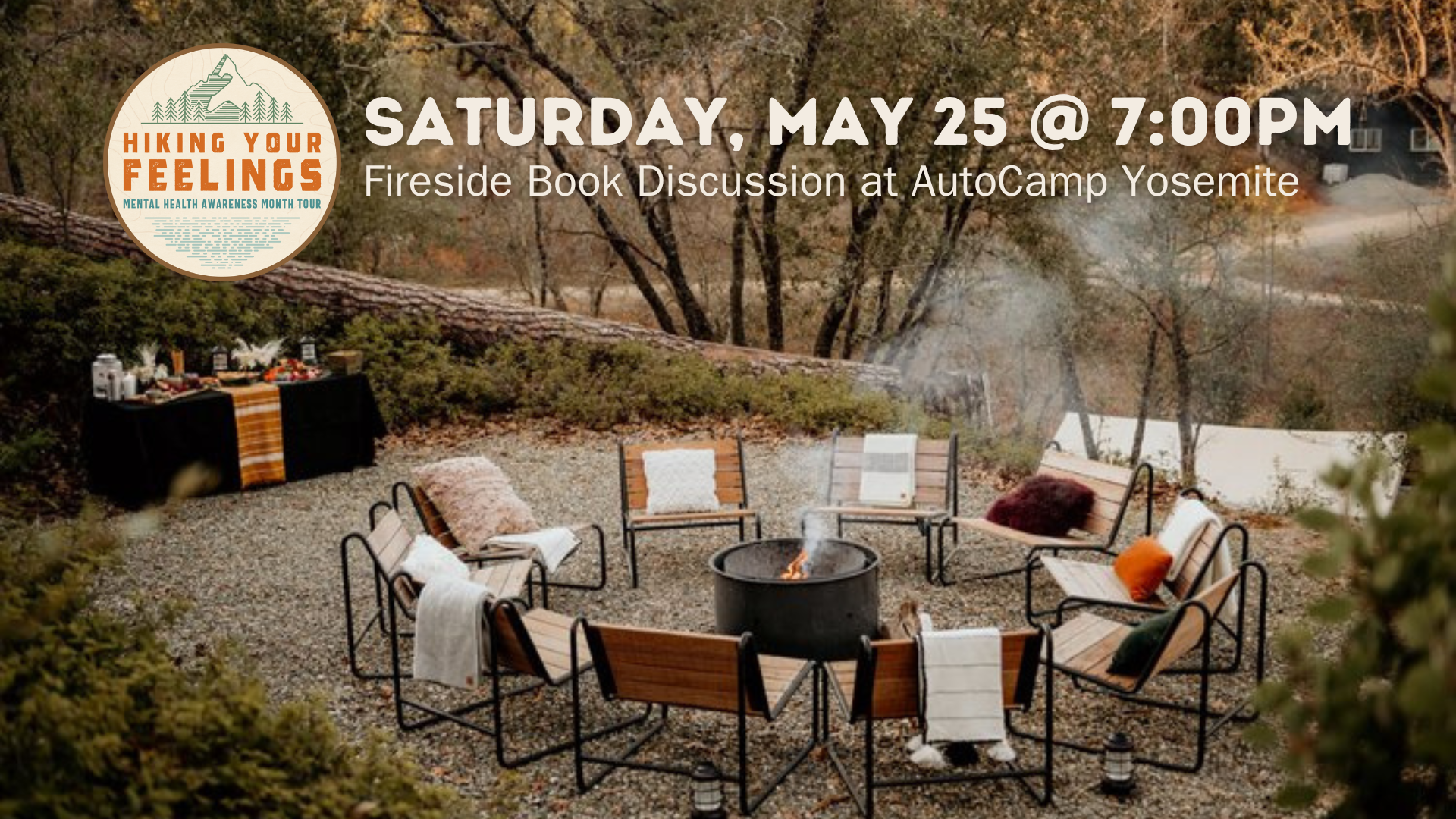The Outdoor Type: Erik Douds
Welcome to “The Outdoor Type” — a series of interviews with diabadasses who love spending time outside. We talk about the realities of outdoor adventuring with diabetes, tips and tricks for diabetes management, and most importantly, our love for the outdoors.
“The everyday obstacles that we overcome make going in the outdoors the easy part. We don't get many moments like this because it's such an all-consuming disease. That’s what I wish more people outside of our community knew.”
-Erik Douds
Erik Douds is an adventure filmmaker and educator living with Type 1 Diabetes. He is based outside of New York City. His stories have included biking across America, living in Ethiopia, hiking in New Zealand, two attempted skydives, and other adventures. In this interview, Erik shares a bit more about his life lived outdoors and how folks with T1D can get outside safely.
Please note that any information shared by our interviewees should not be taken as medical advice. You should always consult your doctor before making any changes to your management plan.
Erik Douds
Founder, Diabdass, Filmmaker, Cyclist
Years with diabetes: 16
Technology: DIY Closed Loop; Dexcom G6, RileyLink, iPhone, and Medtronic 522 insulin pump
Favorite outdoor activities: Cycling, Hiking, Backpacking, Running
Favorite trail treats: PB and Honey, Gatorade Powder, Untapped Maple dehydrated syrup
Erik’s Top Tips & Takeaways
There is an extraordinary community of people living with type one diabetes out there who are willing and eager to help other fellow type ones achieve their dreams, Erik included
For those looking to support folks with type one diabetes, a gesture as small as carrying an extra GU or pack of honey on a hike can not only be life saving but also a huge mental relief for diabetics to know that they don’t have to do this alone
Keeping gear and medical supplies in compartments like Ortlieb’s dry bags can make packing for adventures quick and easy
For diabetics looking to do something new outdoors, start out with smaller versions of the activity, build up to your goal from there, and know that you might have to take a leap, and it’s okay.
To all of the type ones out there, you are incredible people tackling this all-consuming disease every day, you’re not alone and you can achieve great things
Can you tell me about your experience with diabetes outdoors?
I was thinking about some metaphors today about managing type 1 diabetes: it's a little bit like every single day, you're looking at the weather report expecting some predictability of the future, but you can still get caught out in the storm.
Now, those storms for us are low blood sugars or high blood sugars. Going into the outdoor space, it's like you're at a beach getting ready to surf. There's already huge swells and you're running into the challenge thinking, great, perfect time for me to leave. There is an extra set of invisible checklists we go through to set off into the unknown, but our everyday existence prepares us for these obstacles.
Our blood sugars change every minute of our life. The biggest challenge of being outdoors is that you might expect yourself to be moving for two hours, and then you're caught in a storm. Or you might have expected to get to base camp at 4 pm and set up but you have these obstacles of diabetes throughout the day. And so you're managing this set of risks:
Do I move for the safety of my blood sugar?
Do I move for the safety of the sun going down?
What about getting cold and getting lost?
How many calories and carbohydrates are left until the next resupply?
And that's the extra risk. And that's why I think a lot of people with chronic diseases are rightly concerned to go out, especially because medical professionals will have limited advice because it's so personalized, and a lot of times it's actually a new frontier.
Have the outdoors and outdoor recreation always been a part of your life?
So I actually picked up sports, and running in particular, later in my life when one of my best friends was deployed as a Marine.I had this thought of an athletic challenge: what would be the hardest thing that I can't fake my way through?
I thought running was the perfect example, because when you show up to a race a large indicator of how you're going to perform is how you train. You really can build up those miles if you actually put in the time.
I remember running in my first 5k and thinking that was the hardest thing I would do. And then, you know, you get into the 10ks and half marathons. And then I got more plugged into the type one diabetes community in New York where I met Amy McKinnon, who's a type one diabetic, ultra runner, and now a mom. I remember showing up in Central Park to meet her and running six miles, and I showed up with no wallet and no low supplies and she was like, Erik, I'm gonna murder you (for being unprepared).
What I've tried to do is inspire people because Amy was the one that inspired me to eventually run a marathon.
A lot of people now look at me like, oh, Erik, he's an adventure filmmaker. He travels around the world. He runs, marathons, triathlons, all these things, but they're seeing the end result of a lot of years of not only training but also a lot of mental barriers.
And I think that's where people showing encouragement, saying, like, hey, I've done this, so you can do it, is so important. And also, this isn't going to be pretty, you know, in many ways, not only physically but in that we do have this whole other set of considerations.
Despite the barriers, you’ve persevered and have quite the incredible list of adventures and accomplishments. What do you attribute that perseverance to?
I really have to thank my parents for never really putting a limit on my dreams. I remember coming back from Ethiopia where I took my first job out of college at a national park. My dad and I were sitting on the couch downstairs in the basement, I was talking about what I wanted to do next or where I wanted to go. My dad, whose father was a type one diabetic, said, Erik, I think you use diabetes to go above and beyond what's expected of any normal person. And that's definitely true.
That's why I was interested in taking on a marathon. And it was the same for triathlons. And then I've biked across the US, I've gone hiking, and a lot of it was this mentality of, can I do this with type one diabetes? Not only for myself, but for the community as a whole.
A lot of it really was my grandfather too, just pioneering that you can live with this disease. And then we have people like Scott Johnson, who's been blogging and managing this disease for 40 years. People saying hey, we're out here, and now we're saying, hey, we can go climb Mount Everest, hey, we can go bike across the USA, we can go hike across the US Canadian border, I can go live on the border of South Sudan and Ethiopia. We really are, I think, extraordinary individuals with this disease really chasing our dreams now, because we know that we have our health to appreciate and we do have this interesting balance of being disabled, but able bodied, typically. And so that definitely motivates a lot of us.
After all of these experiences outdoors, what have you learned?
I'm a very jolly smiley, carefree person, and in that charisma I know I can also be forgetful and spacey. But something that I think people overlook is very often I do have a plan A, a plan B, and a plan C.
There’s the amount of physical equipment and diabetes and medical supplies, you know, it’s like we’re a moving pharmacy, but we also have this extra set of checklists that rank far above having water.
I'm always saying that what people don't understand is that contrary to the stereotype, sugar for people with type one diabetes is what often can keep us alive in the outdoors, way more than water.
I can survive three days without water but we can pass out in 15 minutes from not having enough sugar.
That's a risk on bike trips, on hiking trips, running trips, even just walking out my door, and shoveling snow here. Trying to plan for that on various trips and then on various levels of remoteness is very real.
Every time I watch a self supported bike film, you see these cyclists arriving at the finish line saying like, wow, I ran out of food five hours ago, I haven't had water in 10 hours, and I’m thinking I need 60 carbohydrates to get myself out of an emergency every hour.
And that's where we do have mental barriers, but we do have physical barriers as well. It's been really nice to be more open as an advocate and to have wider conversations with friends and say, hey if you're hiking with me, and you actually carry in an extra GU, or an extra cookie or something, it would be nice just in case I forget to pack something. Or like the weather metaphor, I might get caught in a thunderstorm and would appreciate it if other people brought some umbrellas, just in case.
Have you developed some sort of system to make preparing for trips easier on yourself?
I keep almost everything of mine in these Ortlieb waterproof dry sacks and treat them like compartments. I can then grab one bag and I know that's all my camera gear. And then I grab another one, and there's my meter and test strips. I grab another one, and it’s my warm hat and things. A lot of times I can be ready to go in 24 hours or less because I've compartmentalized everything and that's been really helpful. It's also nice putting everything in a waterproof bag, so your things aren't getting damaged.
It’s also a lot of experimentation. I now almost always carry at least two blood glucose meters. And sometimes I carry different brands, which I have funny stories about.
Do you have any favorite trail treats?
My favorite combination of you’re going out and you need to tackle your calorie intake and your carbohydrate intake is a jar of peanut butter and a jar of honey.
Because that is not only, I don't know, what 3000 calories, if not more but we’re talking high fat content mixed with a really dense carbohydrate count.
Where a lot of times we might avoid carbohydrates in our day to day lives because it increases our blood sugars, when I'm biking or hiking, I'll be eating a peanut butter and jelly sandwich without taking any insulin for it just to maintain going forward. And that's pretty incredible to understand how much glucose your muscles are absorbing to move.
That's why the outdoors can be so healing and so freeing as a type one diabetic, because we do have restrictions on food, or we do have at least a complicated relationship with it. So it's fun to be out in the wilderness and smashing peanut butter and honey and ice cream and whatever you can get your hands on.
And then another great tip is Gatorade powder. I’m also starting to work with this one brand called Untapped Maple, and they have dehydrated maple syrup. They’re up in Vermont, and actually their EMS squads in Vermont use Untapped Maple because they’re these dehydrated all natural sugar sources.
What do you think you’ve gained from going outside?
Yeah, there's so much and so many stories I can tell, but last year, I did the filmmaking for Connected in Motion, which is a Canadian nonprofit that gets type one diabetics out in the outdoors. And we did the Chilkoot Trail which is the pass between the US-Canadian border.
To be in the outdoors especially with other people who have type one diabetes who just get it is incredible. There is resiliency and a safety network a lot of us don’t have in our day to day lives at the office or anything.
We're trying to chase a version of our dreams where most people can get advice from medical professionals and it can be clear cut but that's not our case. We're given loose instructions at best and when we write our own instructions each day, we can be throwing them in the trash and rewriting new ones. And so to be in the outdoors, especially with other people with type one diabetes it’s like this sense of being acknowledged for what you're actually accomplishing.
The everyday obstacles that we are overcoming makes going in the outdoors feel like the easy part. We're like, wow, being outdoors, I actually don't have to think about my diet. I mean it’s not that easy, but I can take a smaller break from my diabetes at times and just escape and actually appreciate this place or appreciate this moment.
We don't get that many moments like this because it's such an all consuming disease and that’s what I wish more people outside of our community knew.
That's where it's exciting to represent that through films and photography. Here I am changing my insulin pump at the base of Denali because I biked out here. And you know, this is not how you safely change a pump site because yeah we’re dirty and yeah we’re sweaty, but it’s just liberating in that sense. And I think it’s a really nice feeling for us because we often don’t get that.
What advice would you give a diabetic who may be hesitant or nervous to go outside?
What I would say is a little different than what I would do. For context, I biked across the US on the Trans-American trail, self supported, with a 60 lb bike and I did zero training.
But if you're not as comfortable with that level of risk, a lot of times we are able to take smaller versions of our dream or a project and work on it and experiment. So one thing I'm interested in is winter camping, and so I've just been using my own backyard here.
But at some point, you will have to take a leap. And I think that's okay. I think with type one diabetes we really do deal with dangerous situations every single day of our lives, and we are resilient in that way. And so, for a new activity take it slower.
If you're going on a trip, and you're like, one day my goal is to hike 10 miles, work up to that. And when you're going on that journey bring people along. Build your resiliency and build your community because we don't have to do everything by ourselves, and that makes it a lot nicer. Also, reach out to people like me and Sydney and ask questions. We’re always there to help.
What’s next on your outdoors adventures list?
Yeah, it's kind of interesting. I definitely had been on the move for the last three years, if not the last five years. I mentioned my first professional job was on the border of Ethiopia, and South Sudan, then living in Denmark, and then in New York for about a year. And then all my biking stuff started right after the election.
And I actually didn't talk about this. But what was amazing was that I biked across America to meet Connected in Motion up in British Columbia. And the reason my trip went from three months to six months to nine months to kind of snowball into the next three years, was the type one diabetes community. As I traveled, they opened up their doors.
I found the community really remarkable because it's a completely random group of people.
I think about moments on the west coast where people like Kenny, who’s this tattooed ultra runner, probably in his 30s, with this seven year old girl in pink leggings, skipping stones together, and I'm like, wow, this is such a random club to be part of. And it's really, those moments that are amazing.
I think about a Jerry who is down in Texas, who wanted to be in the Navy and be a pilot, and he got diagnosed at 18 with type 1 so he could not pass the medical to serve his country. So that's one of those dreams that is getting rewritten now, in terms of the FAA making it so you can be a type one diabetic commercial pilot.
Taking these everyday stories and producing them into proper documentary series is the dream. My pen pal Alden Roth, who appeared in the collaborative filmed about COVID + Diabetes You Are Not Alone, made this comment as an outsider looking in: “Your work cuts across typical boundaries in society. You are able to bring together people who are often not seen in the same place.” I’d like to see Diabadass Films entered into festivals to be beside the Red Bulls and Outside Magazines showing that people with disabilities do belong in the outdoors.
